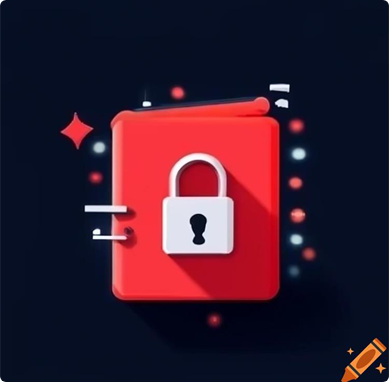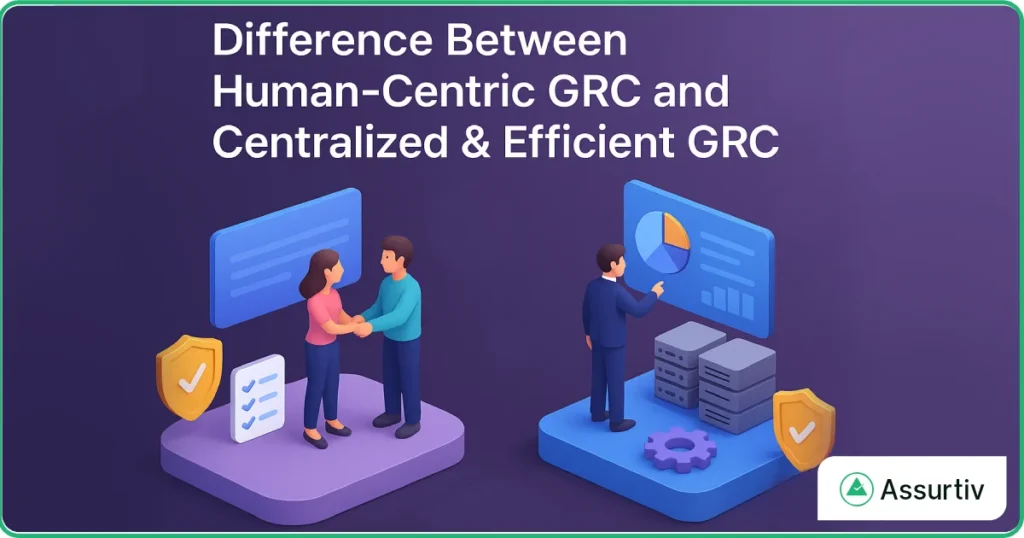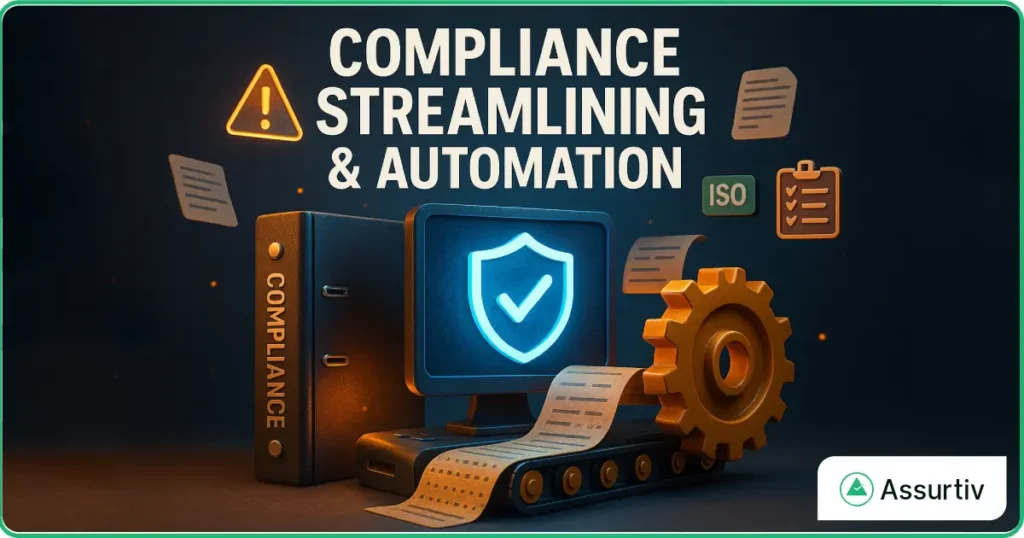SOC 3 Compliance: A Comprehensive Guide
By assurtiv | Last Updated: 20 Jan 2025

SOC 3 (Service Organization Control 3) is an external audit report that provides assurance about the controls at a service organization related to security, availability, processing integrity, confidentiality, and privacy. Unlike SOC 1 and SOC 2, which are detailed and designed for specific audiences, SOC 3 is a simplified, general-use report intended for public distribution.
Importance of SOC 3 Compliance
Achieving SOC 3 compliance demonstrates a strong commitment to maintaining high standards of trust and security. This helps build customer confidence and can serve as a competitive advantage for businesses handling sensitive customer data.
Key Components of SOC 3 Compliance
- Security: To protect the system against unauthorized access.
- Controls: Firewalls, encryption, two-factor authentication, and regular security updates.
- Availability: To ensure the system is available for operation and use as committed. Controls: Disaster recovery plans, redundancy mechanisms, and monitoring systems.
- Processing Integrity: To ensure system processing is complete, valid, accurate, and timely.
- Controls: Quality assurance procedures, error handling mechanisms, and regular system checks.
- Confidentiality: To protect information designated as confidential.
- Controls: Privacy policies, user consent mechanisms, and data anonymization techniques.
- Privacy: To address the organization’s collection, use, retention, and disposal of personal information.
Steps to Implement SOC 3 Compliance
- Assess Current Controls: Conduct a thorough assessment of existing controls against SOC 3 requirements. Identify gaps and areas for improvement.
- Develop and Document Policies: Create comprehensive policies addressing each of the SOC 3 principles. Ensure these policies are documented, accessible, and regularly updated.
- Implement Controls: Implement technical and administrative controls such as firewalls, intrusion detection systems, and employee training programs to meet SOC 3 standards.
- Internal Audits: Conduct regular internal audits to ensure controls are effectively implemented and functioning as intended.
- Engage an External Auditor: Hire a certified public accountant (CPA) or an external auditor to conduct the SOC 3 audit. They will review your controls and issue the SOC 3 report if compliance is achieved.
- Continuous Monitoring and Improvement: Continuously monitor controls and make improvements as needed to maintain compliance.
Benefits of SOC 3 Compliance
- Public Trust: SOC 3 reports are publicly shareable, enhancing transparency and trust.
- Competitive Edge: Demonstrates a commitment to security and data integrity.
- Risk Management: Helps in identifying and mitigating risks related to data security.
Conclusion
ASSURTIV is an integrated GRC application powered by AI, offering businesses a one-stop solution for achieving and maintaining SOC 3 compliance. SOC 3 compliance is crucial for service organizations looking to demonstrate their commitment to security and privacy to customers and stakeholders. By understanding the essential components and implementation steps, businesses can effectively navigate the path to SOC 3 compliance, ensuring enhanced trust, credibility, and operational excellence. With ASSURTIV, companies can streamline the compliance process and leverage AI to drive efficiency and confidence in their security practices.




